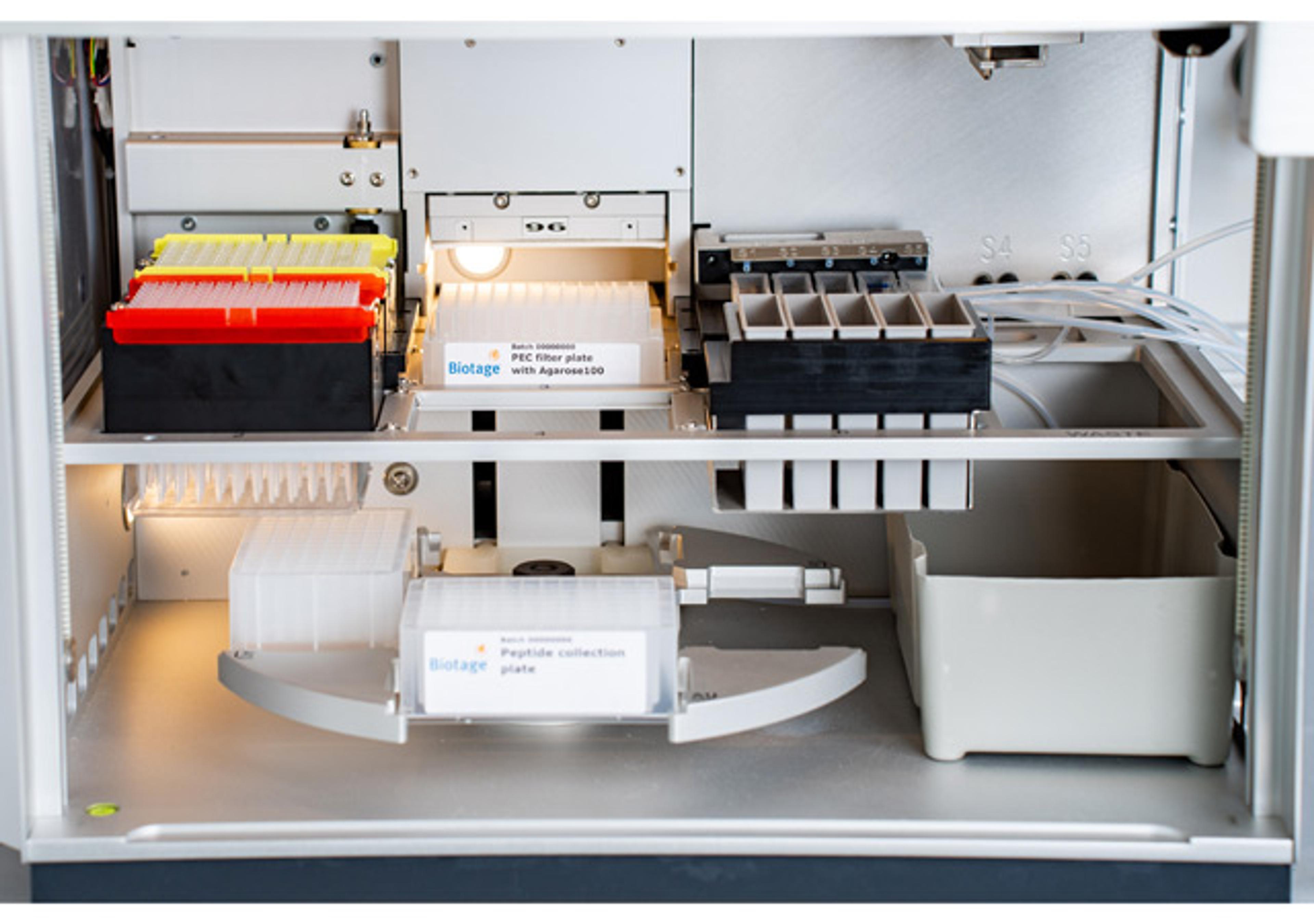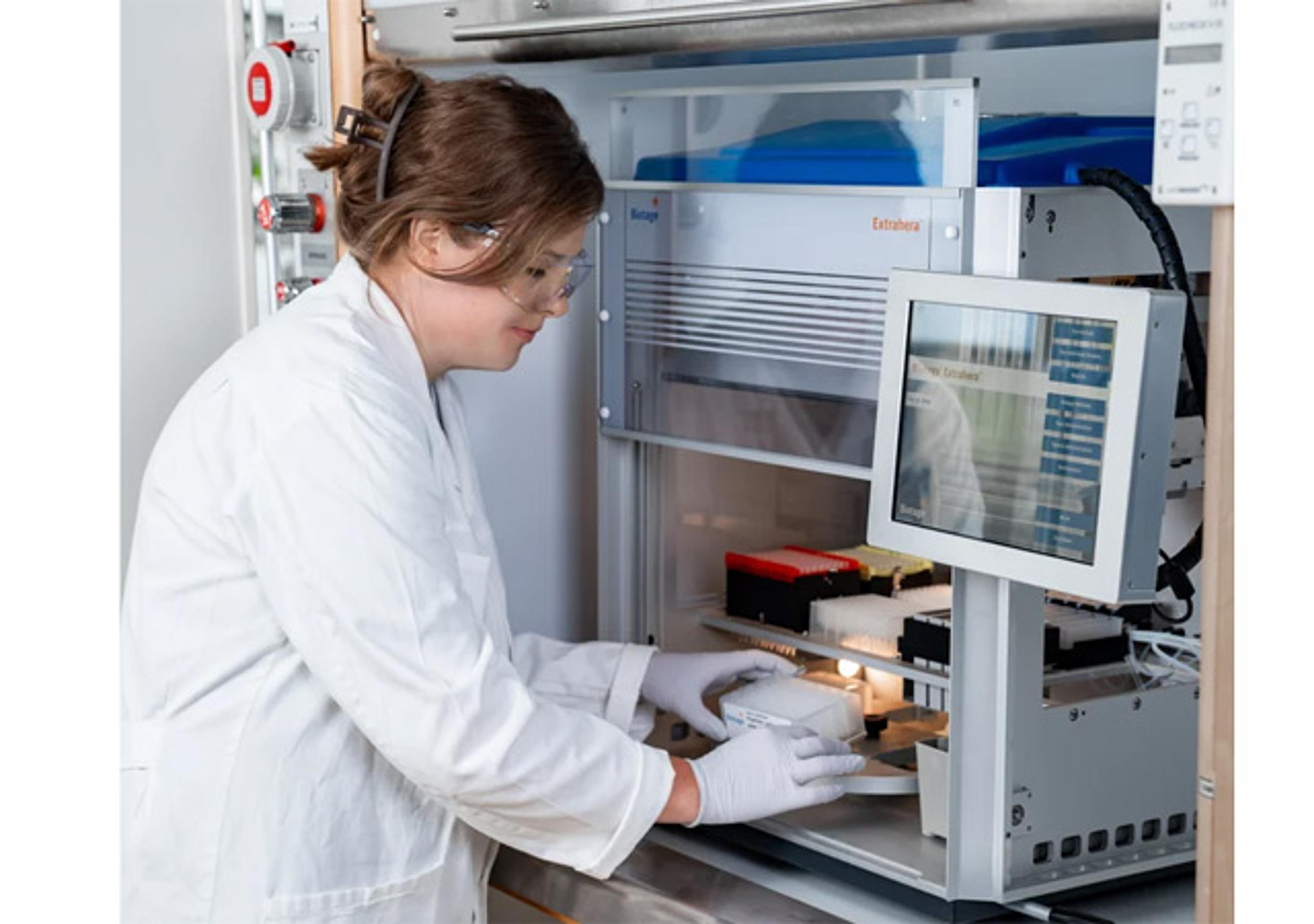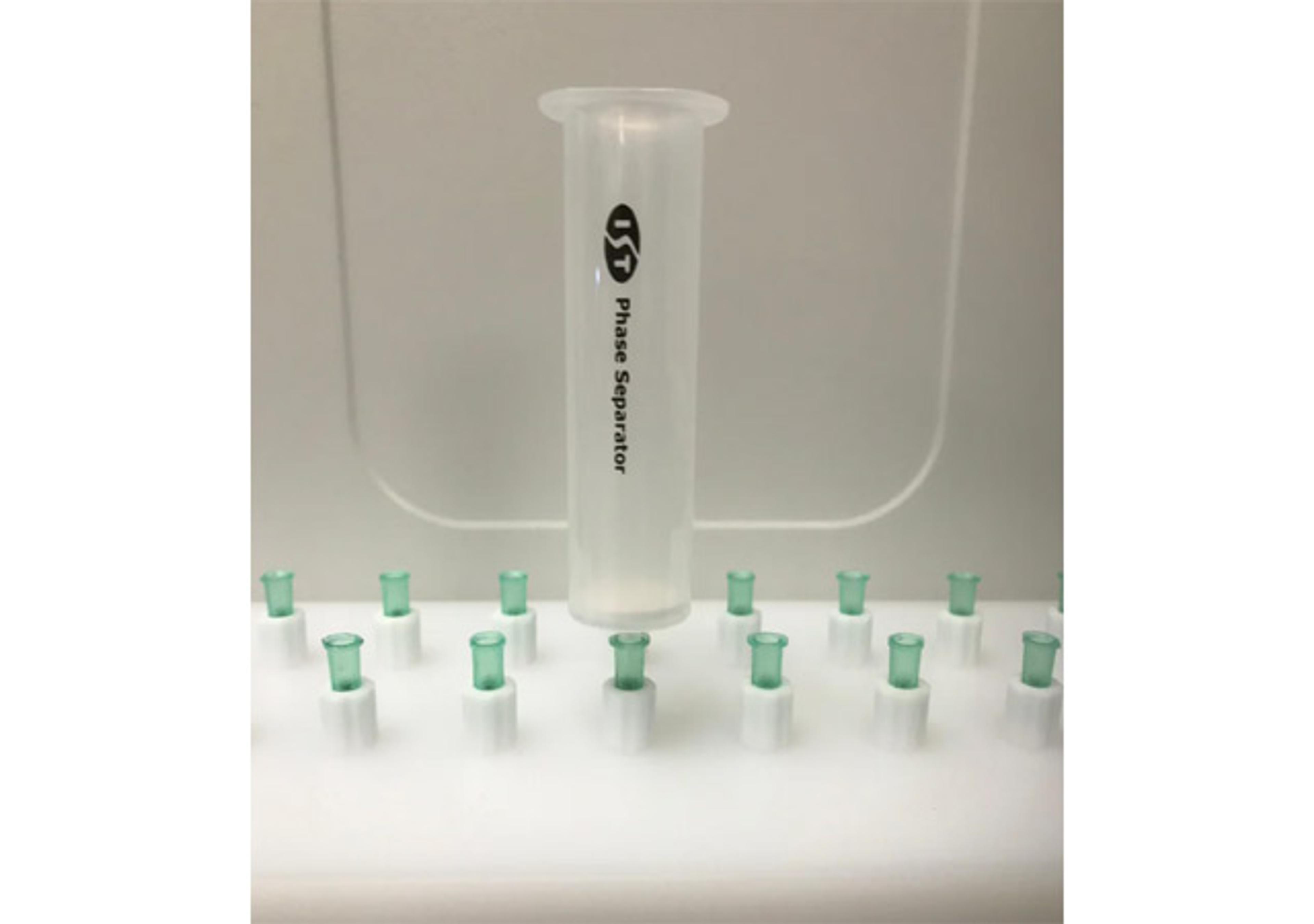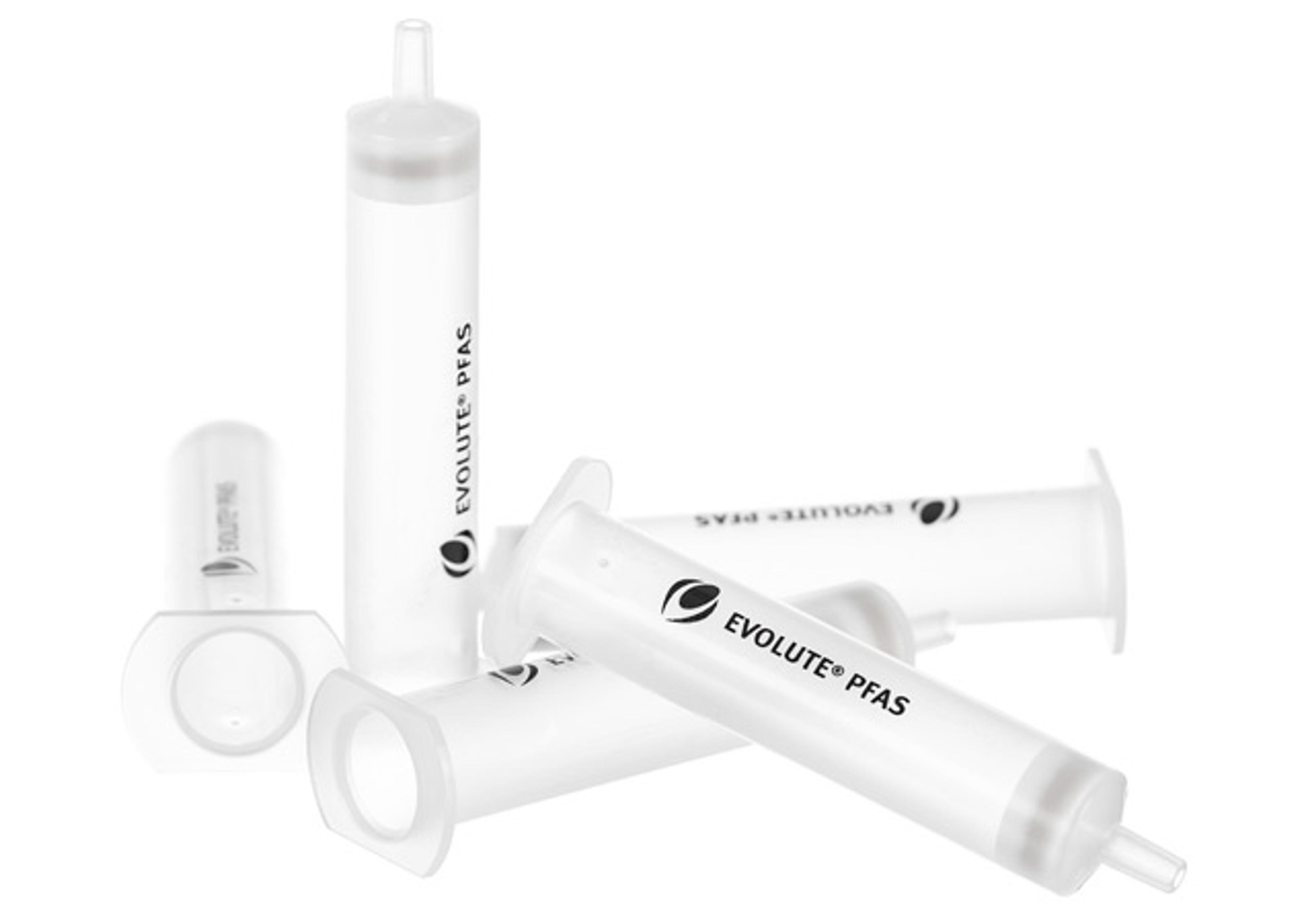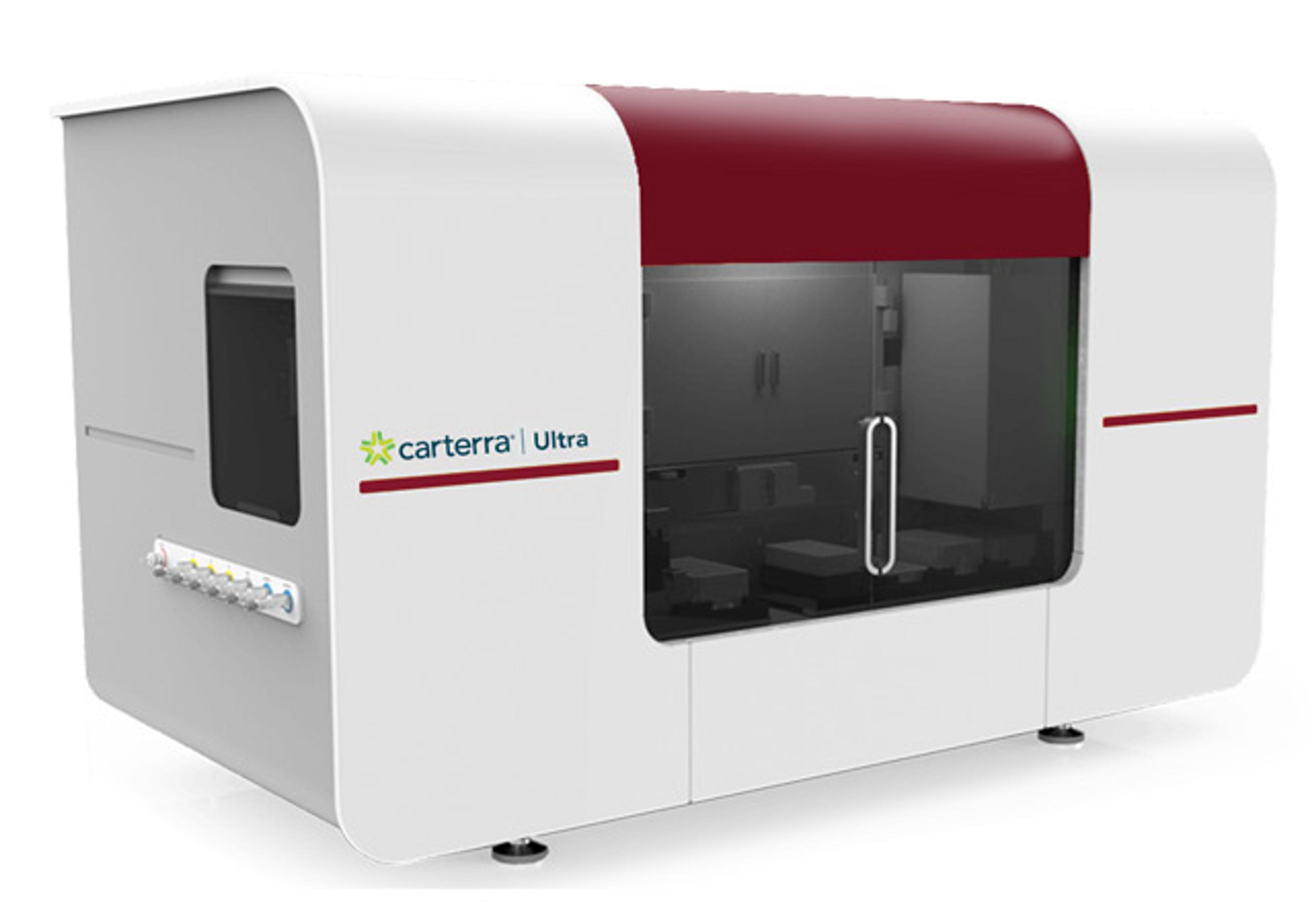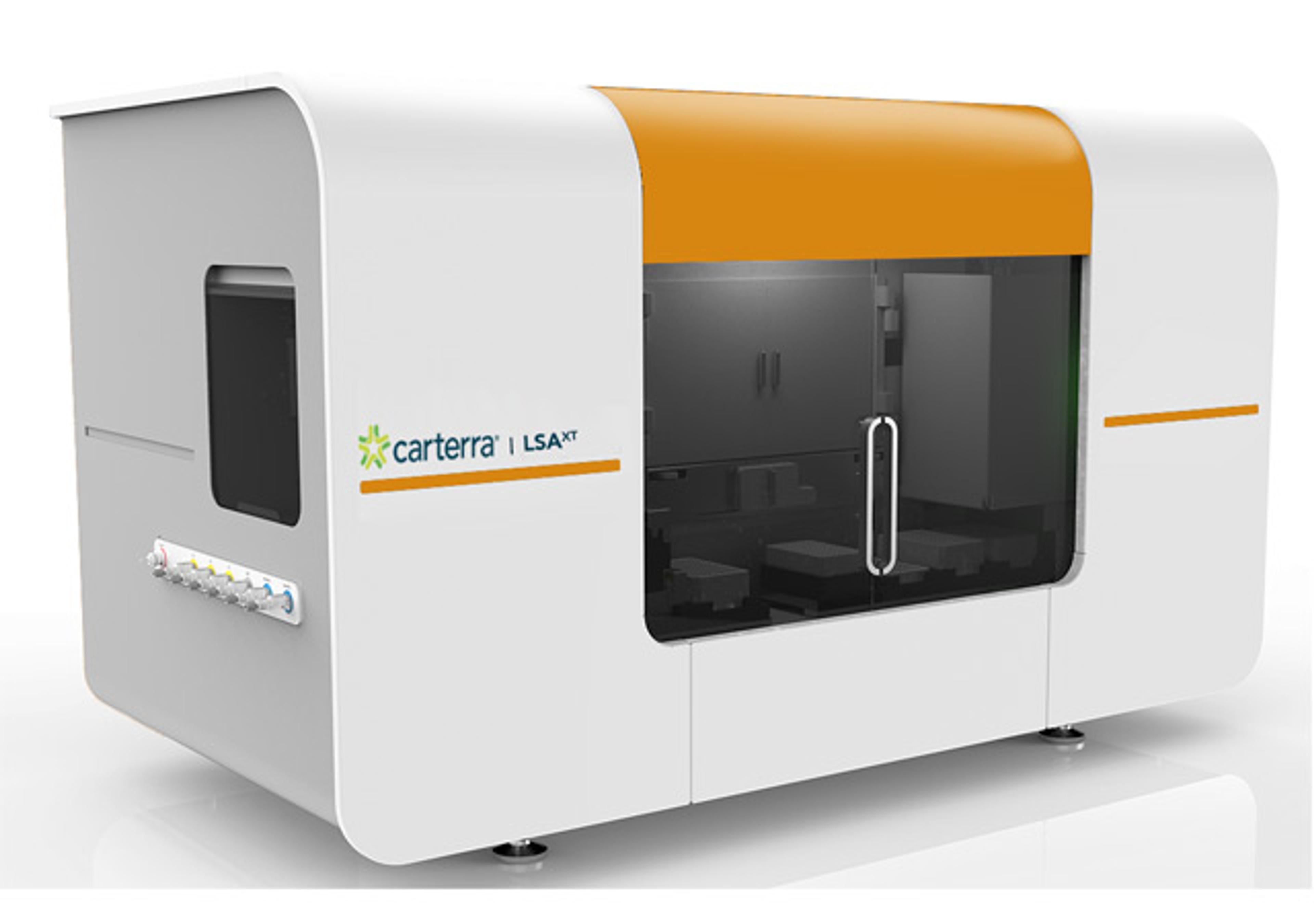Antitrypsin - a1-Antitrypsin
High Quality Assays with Reproducible and Reliable Results

The supplier does not provide quotations for this product through SelectScience. You can search for similar products in our Product Directory.
The described Enzyme-Linked-Immuno-Sorbent-Assay (ELISA) is intended for the quantitative determination of Alpha1-Antitrypsin in stool.It is for in vitro diagnostic use only.Intestinal protein loss is a serious consequence of various systemic or local gastrointestinal diseases (e. g.m allergies, chronic inflammation, malignancies). These pathologies damage the mucosal integrity and/or cause lymphostasis, thereby leading to an increased transfer of plasma proteins into the bowel lumen. Subsequently, hypoproteinemia accompanied with edema may develop. This condition is diagnosed by exclusion of other sources of protein loss and by proof of an elevated Alpha1-antitrypsin concentration in stool. In serum, Alpha1-antitrypsin represents the majority of serine protease inhibitors and protects tissues from proteasedamages during inflammation. The protein is synthesized primarily in the liver but also to a small extent in intestinal macrophages, monocytes, and intestinalepithelial cells. Since Alpha1-antitrypsin is relatively resistent against enzymatic digestion, the secreted amount in stool reflects the internal concentration of the protein. An elevated Alpha1-antitrypsin stool concentration is therefore a widely recognized marker for intestinal protein loss and for an increased mucosal permeability. In clinical routine, the Alpha1-antitrypsin clearence (ratio of the Alpha1-antitrypsin ELISA values of stool and serum samples) has been established along with the sole determination of the 24h Alpha1-antitrypsin secretion in stool. Thus the group of J. S. Fordtran reports that the sole determination of of the Alpha1-antitrypsin concentration in stool yielded false positive or false negative results in 21 % of the patients compared to the Alpha1-antitrypsin clearence measurement (Strygler et al. 1990). The analytical quality of DRG‘s Alpha1-antitrypsin ELISA surpasses by far the conventional radial immunodiffusion (RID) technique in the determination of serum, stool and tissue culture supernatants. In direct comparison, the concentrations measured with the ELISA were approximately 30 % above the corresponding RID levels. Cell culture supernatants of an intestinal cell line as well as fecal samples of lymphostasis patients yielded negative results with RID. Our ELISA could detect Alpha1-antitrypsin in all of these samples, in some of them even in very high concentrations. These results clearly prove that the Alpha1-antitrypsin ELISA is far more sensitive than the conventional method and that it recognizes not only hepatic but also enteral Alpha1-antitrypsin. The discrepancy of both methods and hence the superiority of the ELISA to RID is especially striking in the analysis of extremely high enteral protein losses. The combination of two specific antibodies in our Alpha1-antitrypsin ELISA widely excludes the possibility of false negative results thereby enabling a reliable diagnostics of enteral proteinloss.




